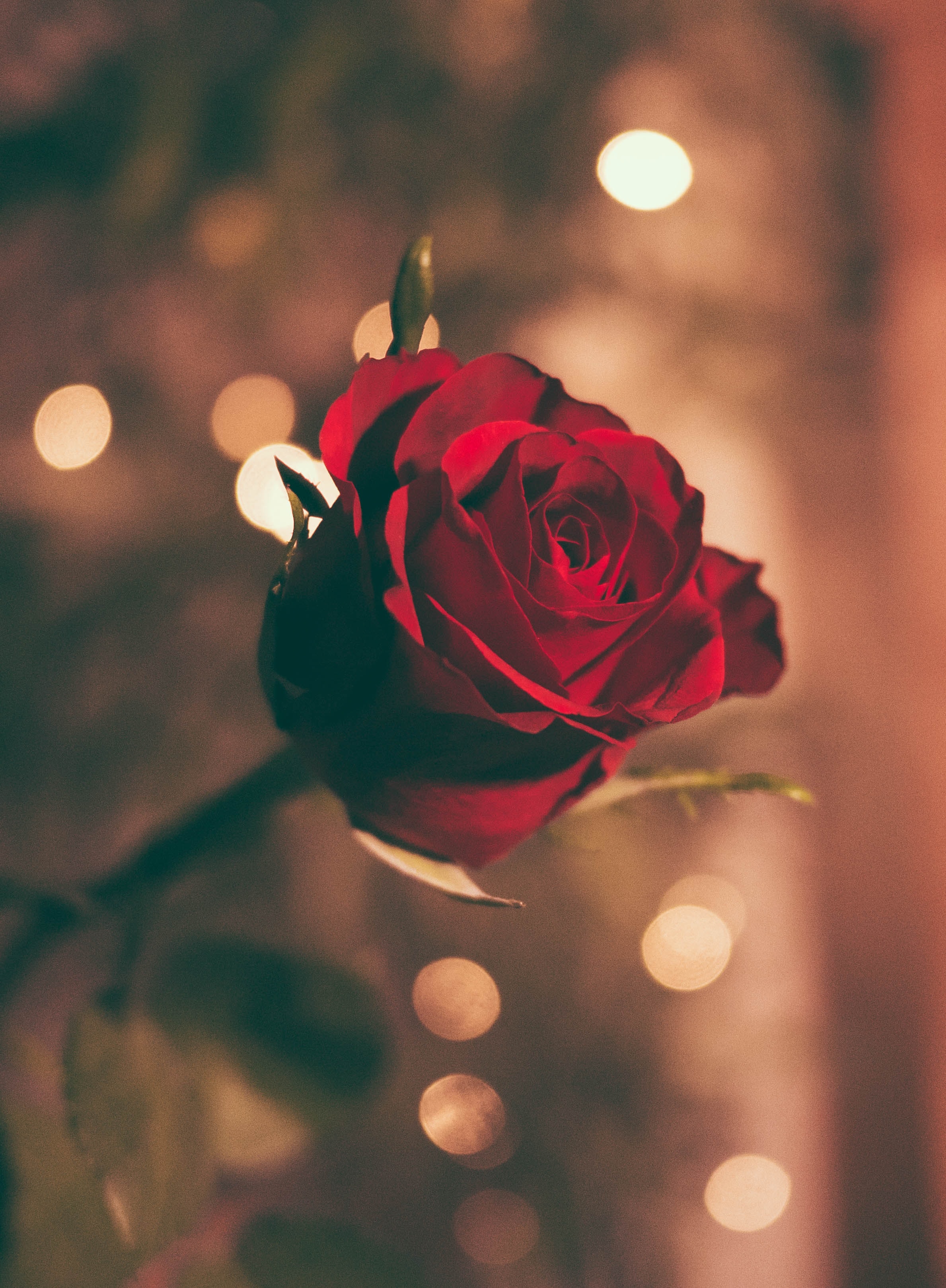The concept of
aika (love) in
Iuxat is best understood as a unitary concept which encapsulates the strong, positive and caring one feels towards a loved one.
Aika does not distinguish between romantic love, familial love, or friendly love, but simply denotes that the person is near and dear to the speaker; mere acquaintances and others who are not within (or prospective members of) the close personal circle of the speaker are not generally accorded
aika unless the speaker actively wishes to develop an interpersonal relationship with them.
Aika can be a noun or a verb and can take on many different shades of meaning depending on the context or idiom in which it appears. Examples include:
- "Ami nonaika erovalu" - meaning "I love them (third person singular familiar)" - could simply mean that the speaker has positive feelings towards someone in their social sphere, though not what the subject might be to them. The familiar case is the important nuance in this construction.
- "Ami nonaika aumalugai" - meaning "I love her" in an unfamiliar context - might be an indication that the speaker finds a woman he doesn't know attractive and is interested in incorporating her into his familiar sphere. The unfamiliar case is the important nuance in this construction.
- "Ami nonaika aumalu" - meaning "I love her" in a familiar context - indicates that the woman in question is in the speaker's friend or family group, though not the specific nature of the relationship. This sort of construction is often reserverd for siblings or offspring within a family; unlike with the first example, the person in question is known well enough to not have to clarify that they are an individual and a person.
- "Ami nonaika aumalu asami" - meaning "I love her (who is like me)" is likely a statement of personal friendship. The semblative case is the important nuance in this construction, the idiom implying that the speaker and their loved one are 'birds of a feather.'
- "Ami agranaika aumalu adami," meaning "I love that woman (who belongs to me) and will in the future" (or, more concisely, "I'll love my woman forever") indicates a deep romantic love, likely in the context of a marriage. The possessive case and use of verb tenses to suggest continuous time are the important nuances in this construction.
Because Ixaumaika thus represents the concept of
aika in its totality, the spirit is most often called upon by practitioners to draw one or more individuals closer together, whether as friends, family, or lovers. In the course of calling upon Ixamaika's blessings in the interpersonal sphere, one must put their own best efforts forwards, as the spirit is believed to manifest in intentional actions rather than simple desires - Ixaumaika is believed to 'help those who help themselves' first and foremost. A practitioner may rely on Ixaumaika to increase their charm, grant them an outsider's insight with regards to their romantic compatibility with prospective partners, improve their interpersonal mediation skills, reveal viable compromises in negotiations, and help them steer clear of untrustworthy people.
All Rostran cultures put a high value on familial connections, regarding them as sometimes more important than even spiritual or political connections. These connections are meant to be cemented through mutual loyalty, trust, and respect; to break a bond built on these foundations is to incur the wrath of the spirit, whether as a member of such a bond or as an outsider to it. Intentionally calling upon Ixaumaika to break someone else's well-earned relationship is regarded as a grievous sin, though seeking the spirit's blessing in overcoming an equally-matched romantic rival or revealing a manipulator to their would-be victim is not. This latter caveat has led to an unexpected population of Ixaumaika purists among investigators in the
Rostran Archipelago Confederacy and
New Cobalt Protectorate, as the spirit is believed to preside over sudden realizations of unseen interpersonal connections or motives.








I like this article and find especially interesting the linguistic example listed. So often, the way people speaks and they way they behave are strongly intertwined.